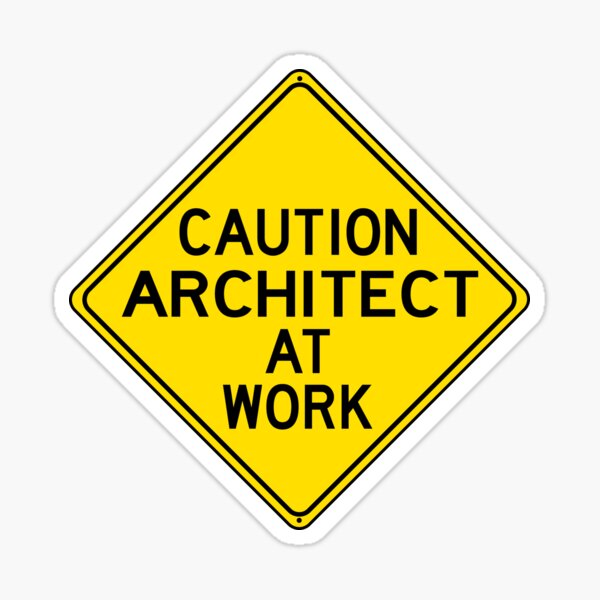As an AWS Solutions Architect, my fundamental role is utilizing the Amazon Web Services on-demand infrastructure to design, build, and optimize scalable and reliable cloud computing systems and solutions. Such is accomplished by adopting the AWS Well-Architected Framework concepts, design principles, and best practices. The goal is to develop secure, scalable, available, fault-tolerant, cost-efficient, sustainable, distributed systems technology solutions.
As an expert advisor, I consult with business leaders and stakeholders to interpret and contextualize strategy, aligning technology solutions with business needs and developing specific elements of processes. Our objective is to bridge the gap between strategy and execution by working at the intersection of business, people, and technology, using artifacts such as business capability maps and value streams to create an overall technical vision for specific solutions to business problems.
This process is not just about solving immediate problems, but also having an agile posture, ensuring that recommended solutions stay relevant in the future, being responsible for monitoring solution performance, and troubleshooting any issues that arise while maintaining a growth mindset. For example, we might design a continuous integration/continuous delivery pipeline system using CodePipeline to orchestrate software delivery across multiple AWS services. With this cloud-native architecture philosophy in mind, every code change will be automatically built, tested, deployed, and monitored, freeing up time for more strategic work.
It is very typical that Solutions Architects can be identified as critical thinkers, with innovative mindsets, and problem solvers, who enjoy collaborating with others for achieving enterprise objectives to align technology solutions with their needs and develop specific elements of processes. Here below are some of the activities SA’s are engaged in;
- Business Requirements
- absorb business needs and relate them to new software solutions as emerging technologies (Practical role)
- Fill in communications gaps between technical and non-technical experts involved in the IT project
- Teams (global/regional/national)
- explain the business requirements to the development team and lead them in building a product that can solve real business issues effectively.
- Global Compliances (permits/licenses)
- Implementing security controls and compliance requirements.
- Infrastructural Requirements
- Understanding the company structure – not necessarily the hierarchical organization charts – but understanding the roles, mapping the locations, listing the types of stakeholders, outlining the channels, and other such information is valuable for downstream architecture and solution development efforts.
- Systems: Understanding the IT landscape – the servers and databases, applications and systems, the IT services, data centers et al. – is a critical step.
- End User Requirements
- Review of feature and function enhancement items and workflow model for process improvements.
- Project Timeline (Scope)
- creates the overall technical vision for a specific solution to a business problem.
- Budget (Cost, Quality)
- Technology Selection
- requires wide-ranging IT knowledge and skill sets including AWS Management Console and AWS Command Line Interface (CLI).
- Solution Implementation
- hands-on action with deploying, managing, and operating workloads
- understanding AWS Well-Architected Framework, AWS networking, Security services, compute, storage, and database services
- Solution Maintainance


